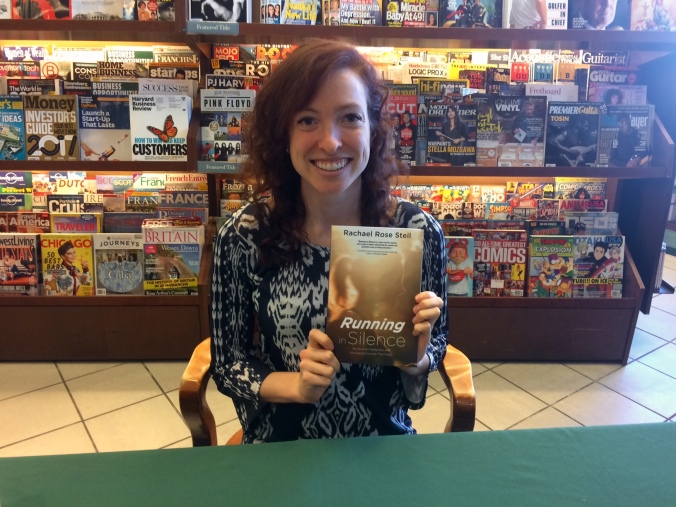In my Writing for Media class, we have mainly focused on developing our journalism skills. However, for the past couple weeks we’ve switched to examining public relations’ role in media. After talking with Holland Hospital‘s PR team, examining how literary organizations utilize their social media accounts and looking at examples of press releases, I’ve learned that journalism and PR are both different and similar in many aspects.
For example, journalism and PR are different in that:
- Journalism is more focused on unbiased coverage, while PR wants to create a positive image of an organization.
- PR does, at times, deal with crisis management.
- PR also often coordinates special events and pseudo events, while journalists may cover these events in an unbiased manner.
Journalism and PR, however, are similar in that:
- Both often focus on reaching a community, especially local newspapers and local businesses’ PR departments.
- Both may also use the inverted pyramid style when writing (PR with press releases, and journalism with articles).
When it comes the literary beat, one may find examples of journalism and PR. One can see this clearly in an NPR article published in 2011. The article itself fits into the category of journalism, as it unbiasedly reports on the future changes to Lena Dunham’s book “Not That Kind of Girl”. In the book, Dunham writes about an Oberlin College graduate who allegedly sexually assaulted her. She refers to the man as “Barry”, but readers mistakenly believed this to be the real identity of the graduate and started targeting an actual Oberlin grad of the same name.
Random House’s PR department responded to this situation swiftly, which is detailed in this article. Writer Colin Dwyer includes the PR department’s statements, notifying the public that in future editions of Dunham’s novel, it will be further clarified that “Barry” is in fact a pseudonym.
Therefore, journalism and PR often work together to bring news to the public, even if they are slightly different.
